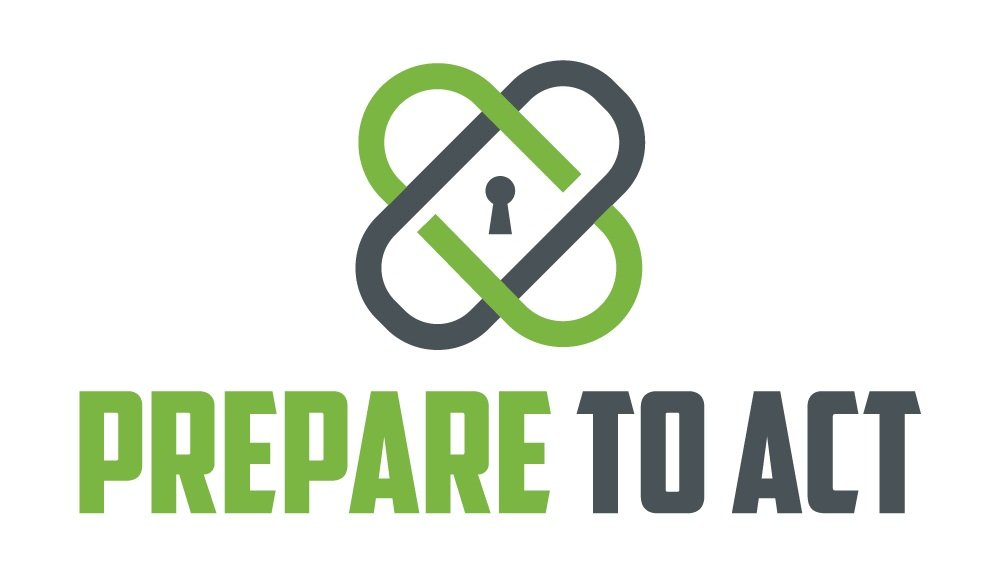Leading with Safety: How Situational Awareness Builds Leadership Resilience
Leadership isn’t just about making decisions in the boardroom—it’s about being able to lead under pressure. In unpredictable and fast-paced environments, the best leaders are those who anticipate challenges before they arise. In this blog, we’ll explore how situational awareness, a skill often reserved for personal safety, can enhance leadership by fostering resilience, adaptability, and confident decision-making.
1. What is Situational Awareness in Leadership?
Explanation: Define situational awareness as the ability to perceive your environment and make informed decisions based on real-time data. For leaders, this means understanding not just what's in front of you, but anticipating challenges, threats, and opportunities.
Examples in Leadership: Provide examples of how situational awareness manifests in the workplace—such as noticing team dynamics, understanding external threats, or reading the room in high-stakes meetings.
Key Takeaway: Leaders who develop situational awareness are able to react faster and more efficiently in high-pressure situations.
2. How Situational Awareness Strengthens Leadership Resilience
Explanation: Discuss how situational awareness fosters leadership resilience. Resilient leaders are those who remain calm, collected, and adaptable in the face of challenges.
Real-World Examples: Highlight leaders from the business or military world who excel under pressure due to their situational awareness.
Key Takeaway: The ability to stay ahead of problems, while maintaining a calm demeanor, creates a leader who is resilient in any environment.
3. Actionable Steps to Build Situational Awareness as a Leader
Daily Awareness Practices: Start each day by reviewing key information and anticipating potential problems or changes.
Example: How a leader can use situational awareness to identify small conflicts between team members before they escalate into larger issues.
Create a Safety Plan for Your Team: Integrate a “safety-first” mindset by conducting regular safety and awareness training for your team, whether that means physical workplace safety or emotional awareness.
Stress Tests and Adaptability Drills: Periodically introduce unexpected challenges in a controlled environment (like changing up a meeting format) to build team adaptability and teach situational awareness.
Key Takeaway: Building a resilient team starts with a leader who practices daily awareness and encourages adaptability.
4. Teach Situational Awareness to Your Team
Training: Create short exercises that teach your team to observe their surroundings and make quick decisions based on their awareness.
Example: In team meetings, challenge team members to suggest what potential issues might arise and how to avoid them.
Safety Training: Consider conducting workshops on personal safety that doubles as leadership training.
Key Takeaway: By teaching situational awareness, you create a team that can anticipate and solve problems on its own.
5. Quick Tips for Leaders
Practice three quick daily exercises to enhance your situational awareness as a leader:
Start your day by reviewing potential challenges.
Observe your team dynamics and step in early if conflicts arise.
Regularly remind your team of the importance of awareness and adaptability.
Key Takeaway: These small, daily actions help you stay ahead of the curve as a leader.
Conclusion: Situational awareness isn’t just about personal safety—it’s a crucial leadership skill that fosters resilience, adaptability, and preparedness. By practicing daily awareness and teaching your team to do the same, you’ll be ready for anything, from boardroom conflicts to unexpected crises. Lead with confidence, lead with safety.
10 FAQ's:
What is situational awareness for leaders?
Situational awareness is the ability to observe, anticipate, and respond to challenges and opportunities in real-time.
How does safety improve leadership?
Leaders who prioritize safety build trust within their teams and create a more productive, secure work environment.
Can situational awareness prevent leadership burnout?
Yes, being aware of potential issues early helps leaders address them before they escalate, reducing stress and preventing burnout.
What are the benefits of situational awareness in decision-making?
It leads to faster, more informed decisions that can help avoid potential crises.
How do you teach situational awareness to a team?
Run drills, encourage open communication, and train employees to observe and identify potential problems early.
How can situational awareness improve company culture?
It fosters an environment of open communication, trust, and proactive problem-solving.
What’s the connection between leadership and personal safety?
Leaders who practice personal safety are better equipped to make quick, decisive actions that protect both themselves and their teams.
How can leaders develop resilience?
By practicing situational awareness and adaptability in response to unforeseen challenges.
Why is it important for leaders to practice safety awareness?
Safety-conscious leaders are better equipped to handle crises and protect their teams from harm.
How can I implement a safety-first mindset in my team?
Start with situational awareness training and prioritize safety in both physical and emotional aspects of the workplace.
